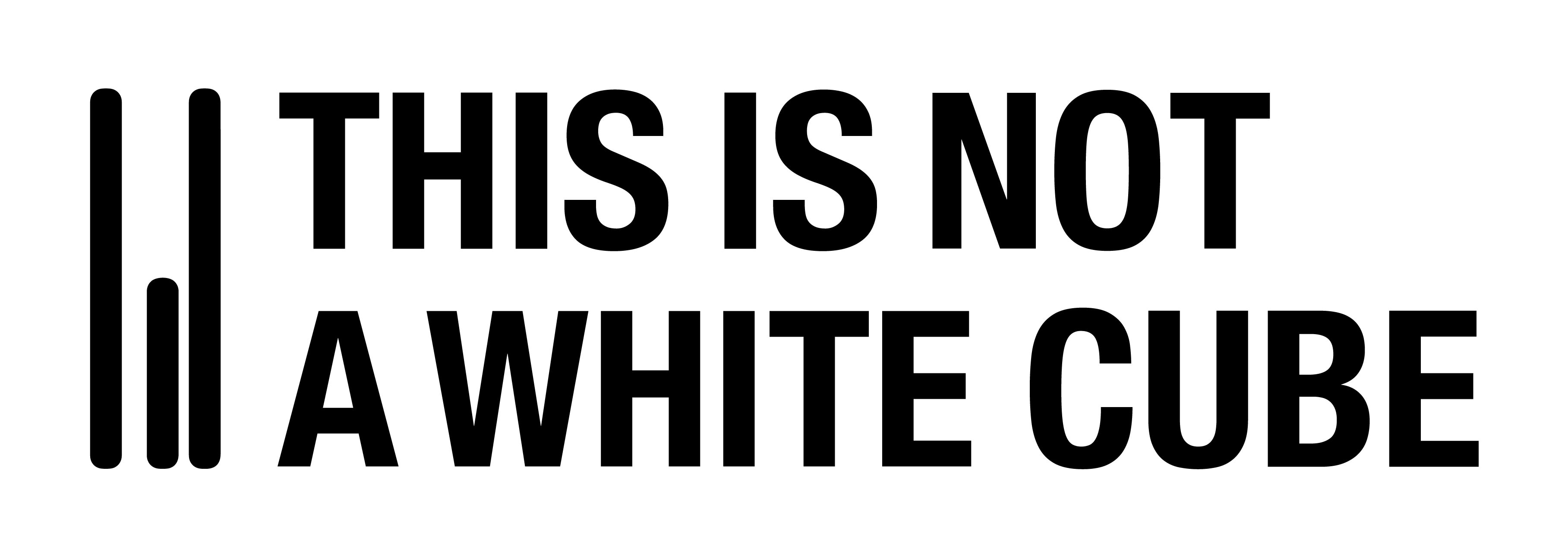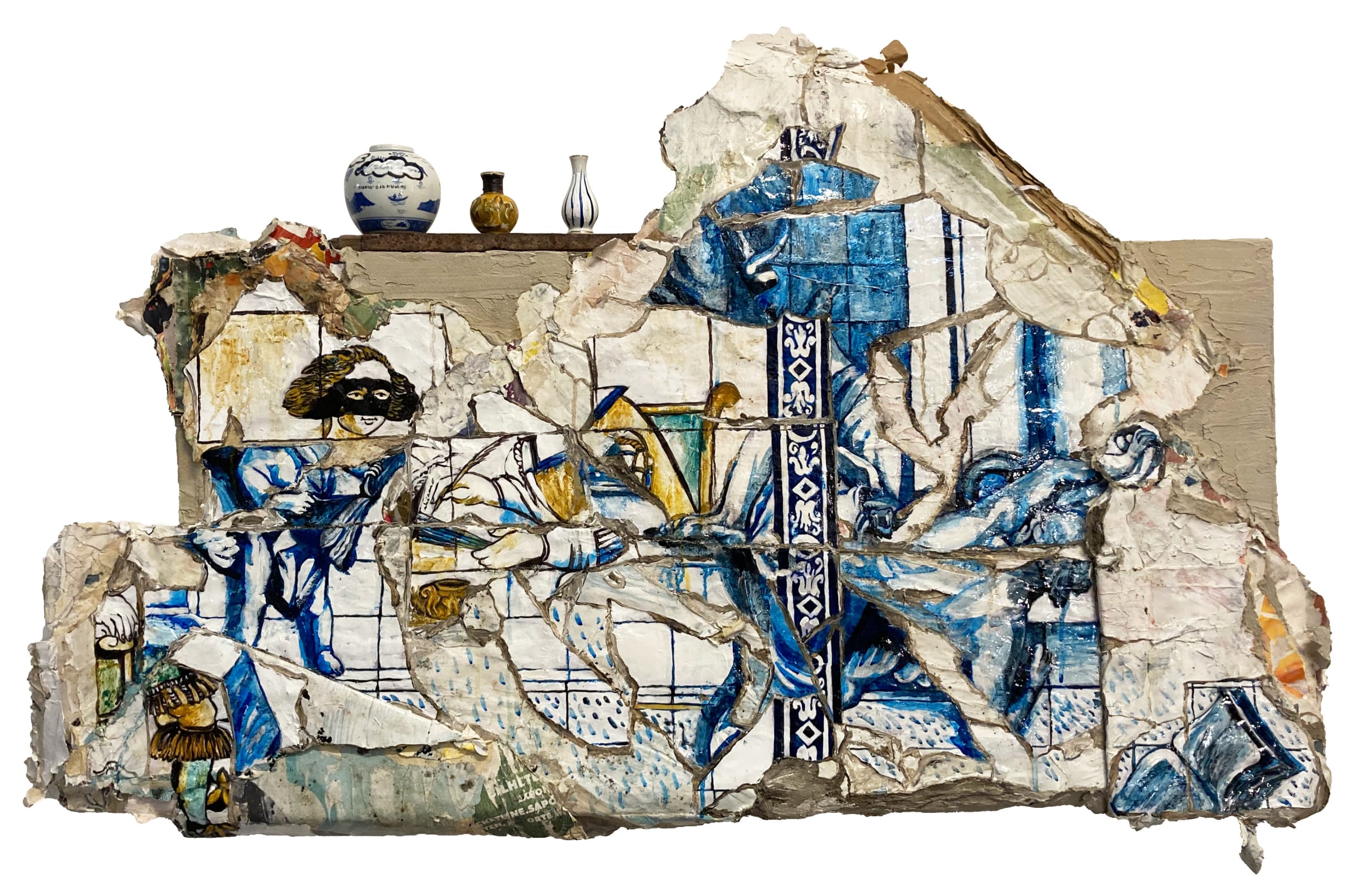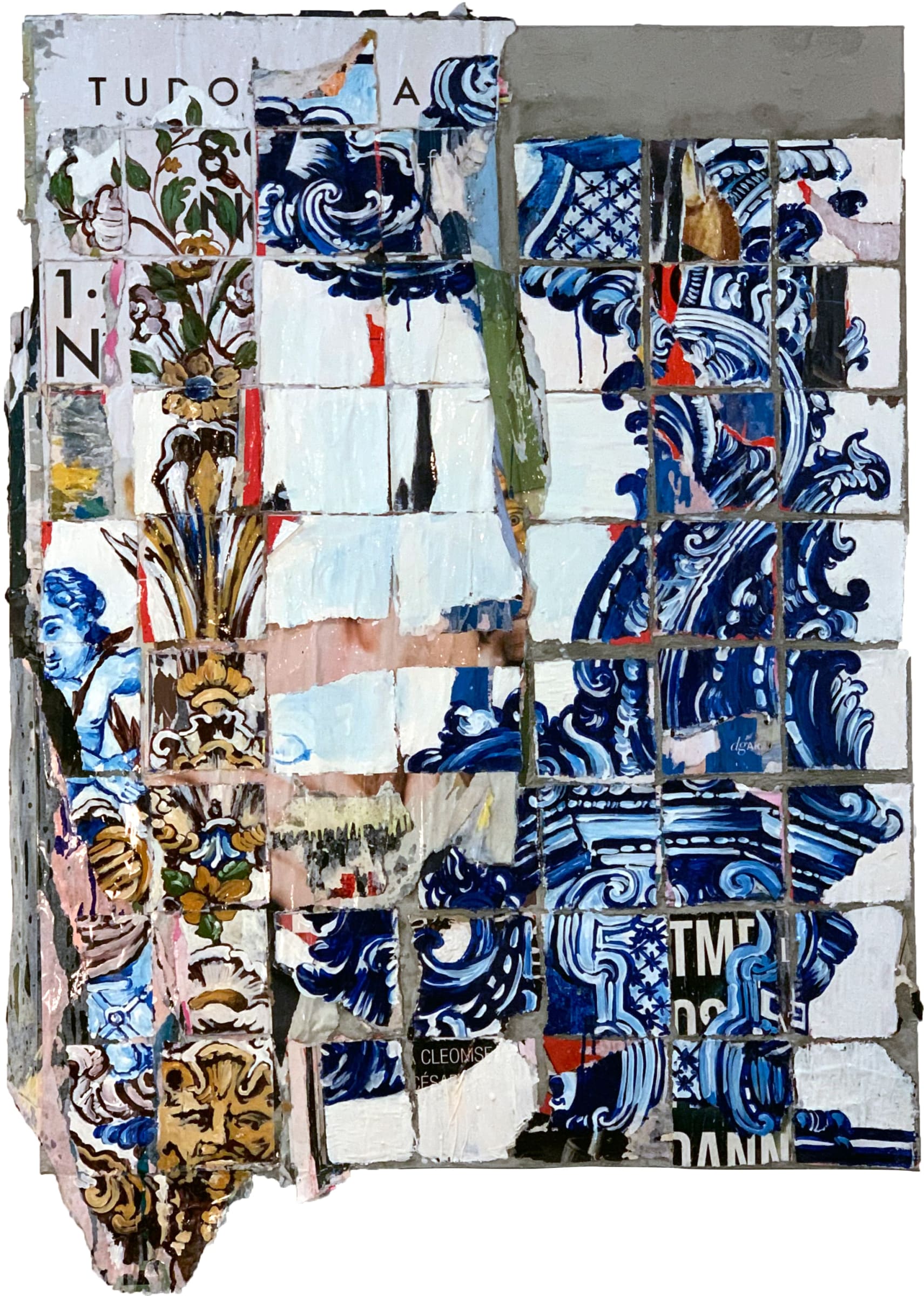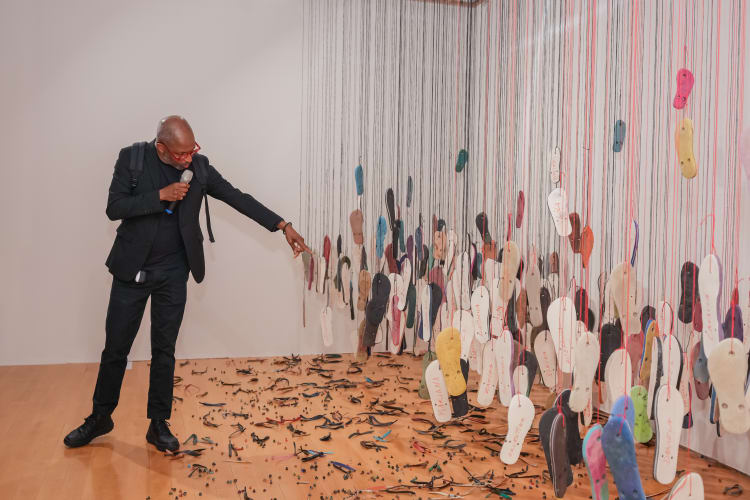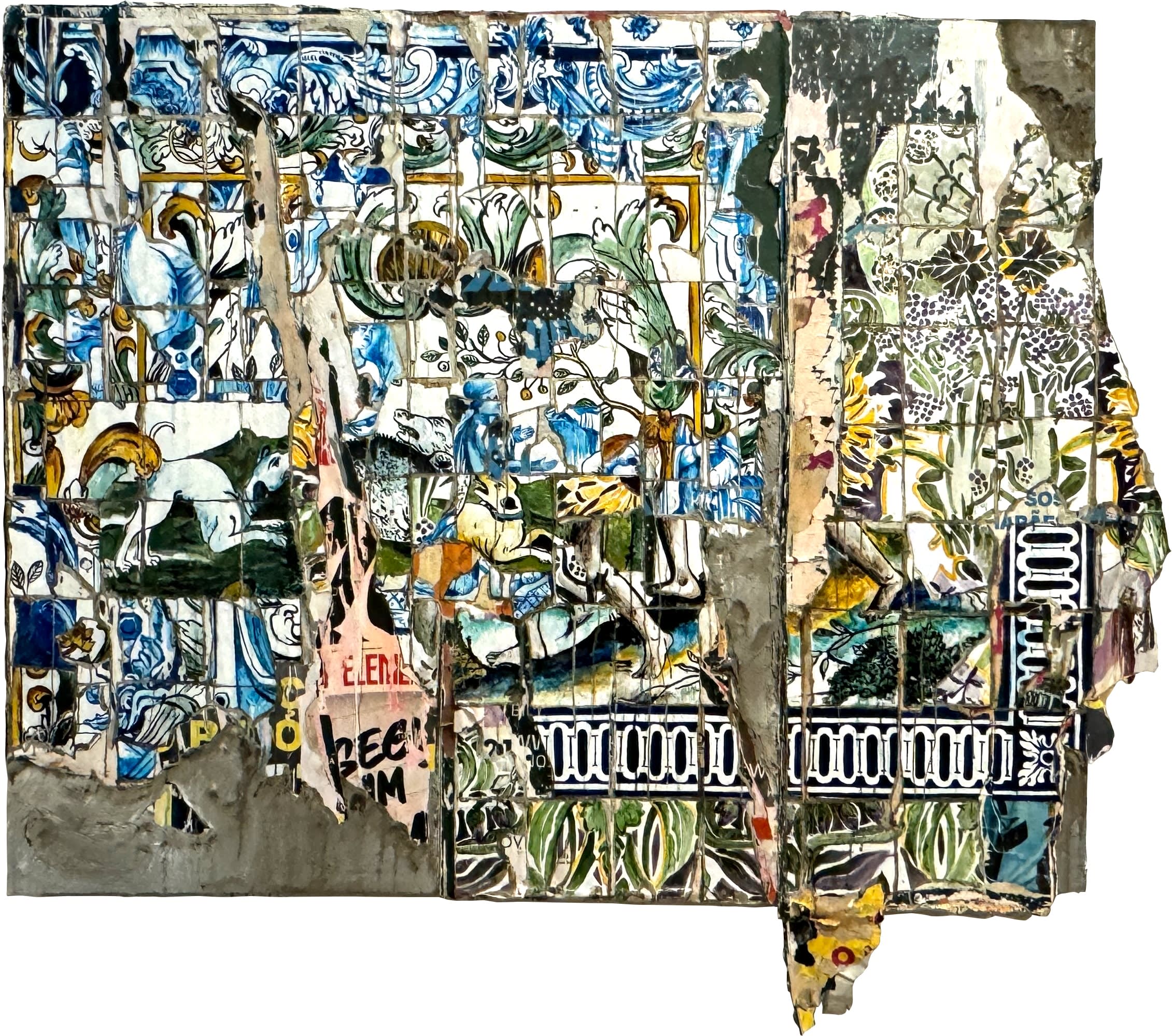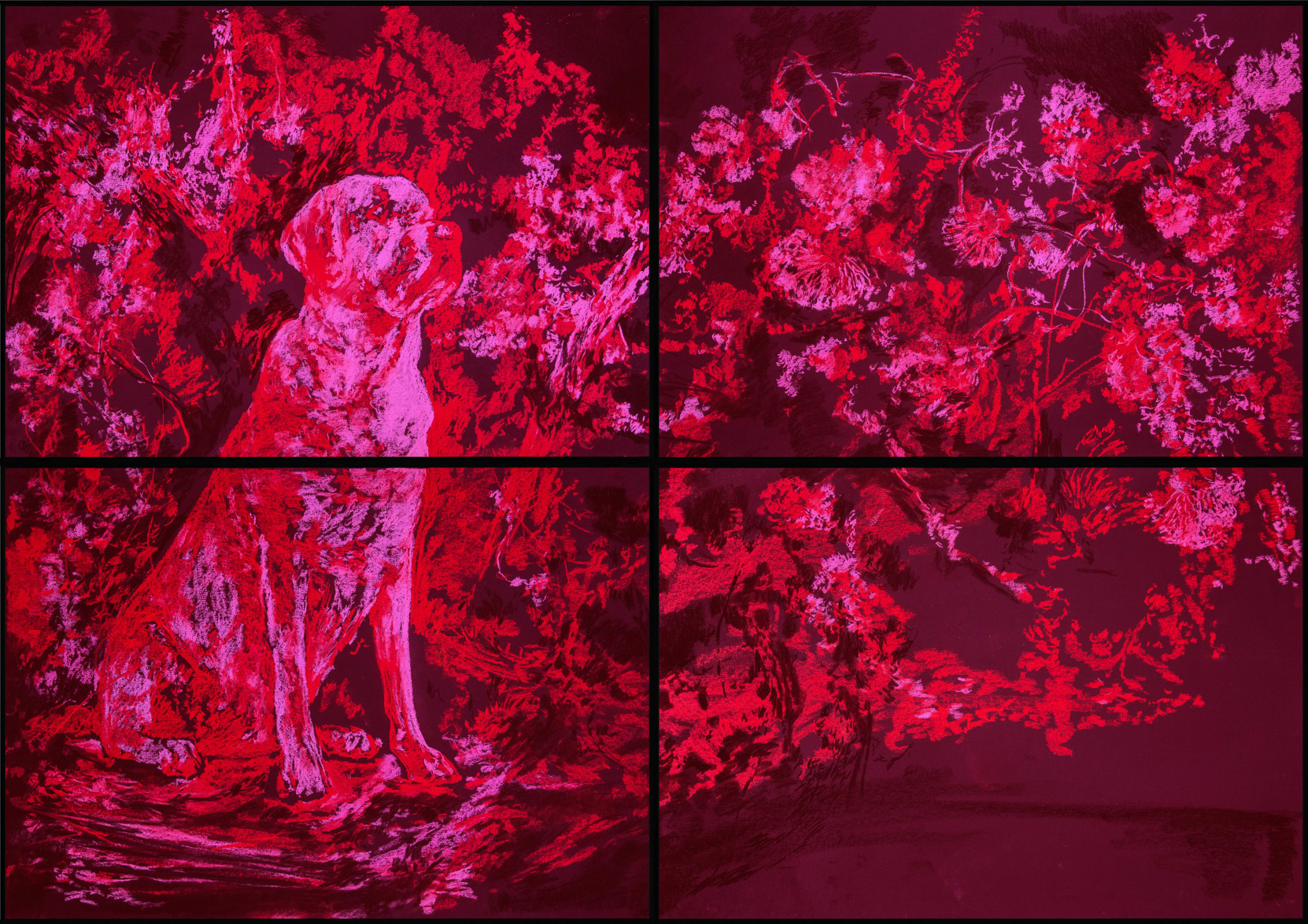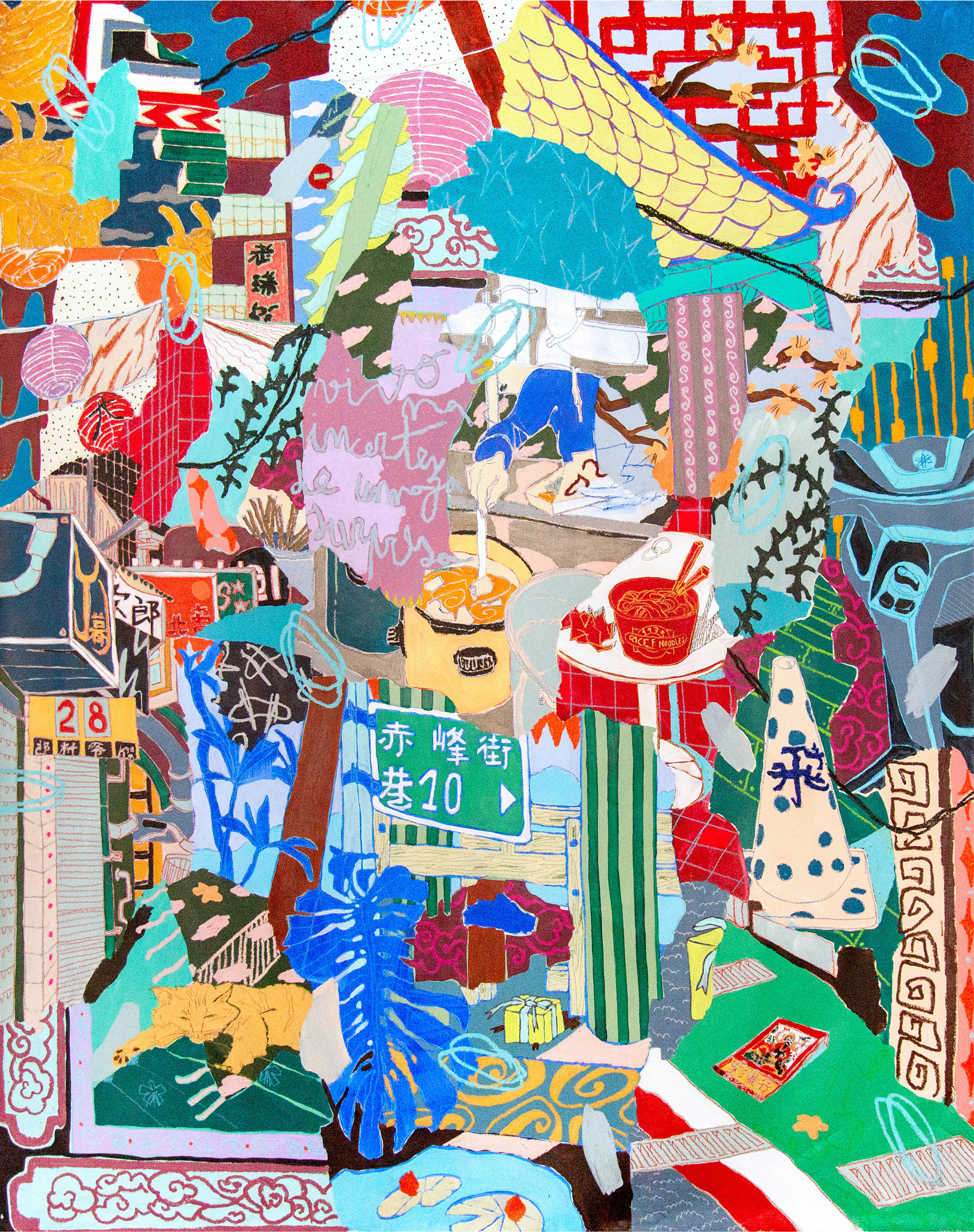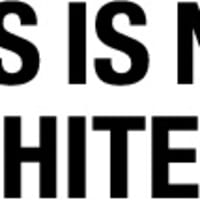
Manuela Pimentel
Manuela Pimentel stands as a unique voice in contemporary Portuguese art, using the language of azulejos to weave intricate narratives of memory, identity, and resistance. Her recent solo exhibition, Poéticas Revolucionárias, first presented at the Museu Nacional do Azulejo in Lisbon and later in Mexico, reaffirms her commitment to artistic storytelling through a medium deeply rooted in Portugal's cultural heritage. Additionally, her presence in the group exhibition "Memories, Legacies, Mutations" in Macau at the “Museu de Arte de Macau - MAM” extends her dialogue beyond national borders, positioning her work in a global contemporary art discourse. The artist is presenting a completely new work at one of the most prestigious contemporary art fairs in Paris, Art Paris, where she previously exhibited in 2023. The fair takes place at the Grand Palais from April 3 to 6.
His work will be presented alongside Ana Malta and António Faria.
Biography
Born in Portugal, Manuela Pimentel has built a career that seamlessly merges traditional craftsmanship with contemporary artistic practices. A graduate of the Faculty of Fine Arts at the University of Porto, she has developed a distinctive approach that reinvents the azulejo tradition by integrating fragments of urban posters and layered visual narratives. Her work has been widely exhibited in Portugal and internationally, with notable showcases in museums and galleries across Europe, Latin America, and Asia. Pimentel's artistic journey is marked by an ongoing exploration of time, history, and cultural memory, making her a significant figure in the contemporary art scene.
Manuela Pimentel's work is characterized by a harmonious blend of influences from erudite historical culture and elements of vernacular culture, producing a multifaceted and deeply textured body of work that reflects the complexity and richness of Portuguese cultural identity. Her work combines elements of local tile-making with the aesthetics of urban art, inspired by national tradition and culture and the post-war production of artists such as Mimmo Rotella, Raymond Hains, and Jacques Villeglé.
She incorporates into her mural installations fragments of street posters, eroded by time, which she herself collects and reuses to convert into the primary surface of her pictorial interventions. Through the use of acrylic paint, she masterfully recreates the traditional figures of tile-making from the golden age of the Portuguese Baroque, drawing on their aesthetic language, conventional colors, iconography, and style.
By merging these elements with the resins, rough mortars, and neon lights that characterize her artistic production, Manuela Pimentel redefines the role of the tile, promoting its transition from a merely decorative local expression to a global artistic affirmation that transcends the boundaries of collective memory and cultural context.
Through this combination, the artist explores the concepts of impermanence, duality, and ambiguity. She skillfully integrates the visual canons of the Baroque period with the raw aesthetics of "Street art," resulting in an impressive interplay of textures and contrasts that simultaneously evoke sensations of permanence and ephemerality.
Manuela Pimentel's compositions also unite the sacred and the profane. They are infused with a poetic dramaticism and rationalism that invite viewers to contemplate the transient nature of existence and the enduring impact of cultural legacies.
Manuela Pimentel’s Artistic Language: A Fusion of Tradition and Urban Aesthetics
Manuela Pimentel’s artistic language is deeply rooted in a dialogue between past and present, tradition and modernity, permanence and impermanence. Her work is an intricate tapestry of cultural references, where historical Portuguese tile-making merges with the raw aesthetics of urban art, creating compositions that challenge the boundaries between fine art and street expression.
The Role of the Azulejo in Her Artistic Identity
A defining characteristic of Pimentel’s work is her reinterpretation of the Portuguese azulejo, a traditional ceramic tile that has been a cornerstone of Portugal’s visual heritage for centuries. By using fragments of discarded street posters—collected from urban landscapes and weathered by time—she reconstructs the visual language of azulejos in an entirely new format. These fragments become the foundation of her pictorial interventions, layered with acrylic paint, allowing her to recreate the elaborate baroque figures that define the golden age of Portuguese tile art.
Her work, however, does not merely replicate historical aesthetics; it reinvents them. Through abstract textures, expressive brushwork, and the integration of unexpected materials, she expands the concept of the azulejo beyond decorative purposes, positioning it as a contemporary artistic statement that dialogues with both local history and global artistic trends.
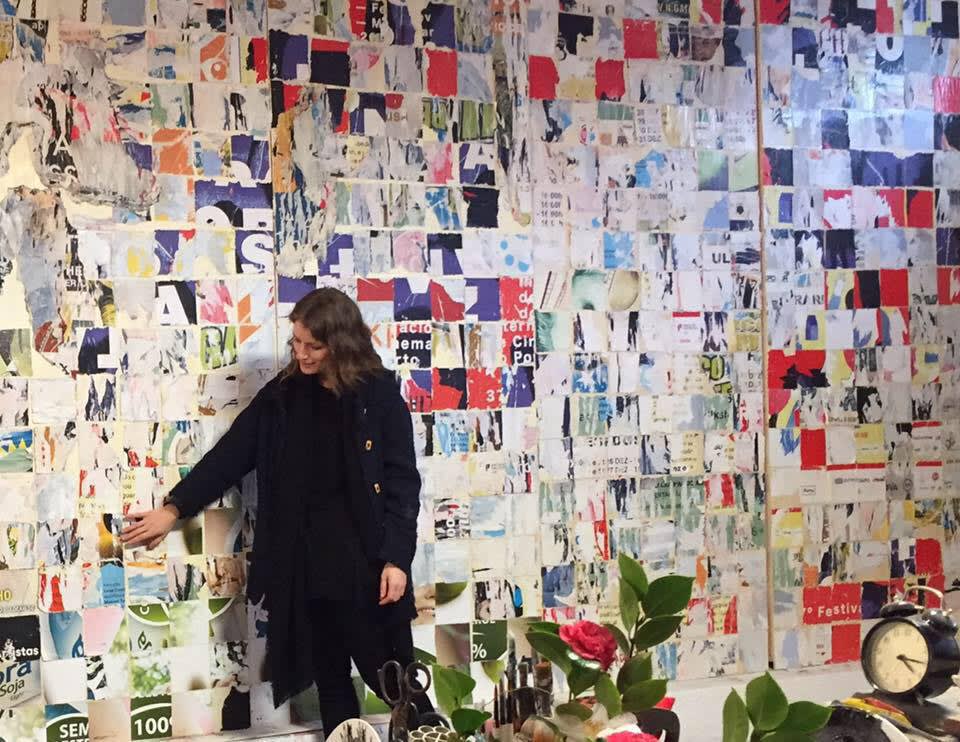
Street Art and the Aesthetics of Decay
Pimentel’s work shares affinities with the Décollage movement, pioneered by artists like Mimmo Rotella, Raymond Hains, and Jacques Villeglé, who used layers of torn advertising posters to create dynamic urban compositions. In a similar way, she embraces the materiality of decay, incorporating the imperfections, tears, and textures of found posters into her art, allowing time and environment to become co-authors of her creations.
This aspect of ephemerality—the way elements deteriorate, transform, and resurface in new contexts—is central to her artistic philosophy. It not only reflects the transient nature of urban culture but also resonates with the Baroque sensibility, where dramatic contrasts, movement, and imperfection play a vital role in artistic expression.
The contrast between delicate ornamental details and rough, torn textures enhances the duality present in her work, evoking both elegance and destruction, nostalgia and reinvention.
Beyond Borders: Redefining the Azulejo for a Global Audience
By moving the azulejo beyond its traditional function and incorporating contemporary artistic elements, Manuela Pimentel repositions it as a universal artistic language. Her work transcends the constraints of cultural heritage, making the tile not just a relic of the past, but a medium for contemporary storytelling.
Through this fusion of historical references, urban aesthetics, and material experimentation, Pimentel elevates the azulejo from a decorative object to a conceptual statement, proving that traditional art forms can be continuously reinterpreted to remain relevant, provocative, and globally resonant.
Poéticas Revolucionárias: From Lisbon to Mexico
The exhibition Poéticas Revolucionárias first debuted in May 2024 at the Museu Nacional do Azulejo, a space inherently tied to Portugal’s azulejo legacy. The show explored themes of social change, resistance, and personal reflection, challenging conventional readings of traditional tilework. The transition of this exhibition to Mexico underscores the universality of its themes, highlighting historical dialogues between Portugal and Latin America and emphasizing the resilience of cultural narratives across borders.
Collective Exhibition in Macau: Memories, Legacies, Mutations
Manuela Pimentel’s participation in the group exhibition "Memories, Legacies, Mutation", which recently took place in Macau at the “Museu de Arte de Macau - MAM” further reinforces the global dimension of her work. This exhibition brings together artists who explore themes of historical transformation and evolving identities, aligning seamlessly with Pimentel’s practice. Her contribution reaffirms her ability to connect different geographies and historical moments through visual storytelling.
Conclusion
Manuela Pimentel continues to push the boundaries of contemporary Portuguese and global art, transforming everyday materials into powerful reflections on memory, history, and change. Through "Poéticas Revolucionárias" and her involvement in "Memories, Legacies, Mutations", she solidifies her place as a critical voice in contemporary art, bridging past and present through an ever-evolving artistic language. Her work is an invitation to rethink tradition, engage with history, and embrace the transformative power of art.
Art Paris 2025, THIS IS NOT A WHITE CUBE (stand E25)
Resilient Narratives: Memory, Identity, and the Hybridity of Forms
A project that brings together three Portuguese artists—Ana Malta, Manuela Pimentel, and António Faria—in a profound exploration of the intersections between identity, cultural heritage, and artistic experimentation. Grounded in both personal and collective narratives, their practices reflect the transformative power of memory and tradition in shaping contemporary art.
Ana Malta (being presented at Art Paris for the first time) investigates the intimate relationship between the body, memory, and domestic spaces. Her richly textured compositions blend vibrant colors and three-dimensional forms, transforming the body into a living archive of stories and emotions. By navigating the thresholds of the personal and the universal, Malta’s work elevates everyday experiences into symbols of identity and belonging.


Manuela Pimentel reimagines traditional Portuguese tiles as vessels of memory, history, and cultural sustainability. Her sculptural paintings revive forgotten narratives, merging the scholarly legacy of Baroque aesthetics with the visual codes of street art. Pimentel’s use of reclaimed materials underscores impermanence and ecological awareness, forging a poignant dialogue between heritage and the contemporary.
António Faria (being presented at Art Paris for the first time) offers a melancholic yet striking vision of nature’s fragility through monochromatic drawings and multimedia installations. His works evoke a world in decay, dramatizing the interplay between memory, mortality, and human absence. By frequently integrating traditional drawing with video, sound, and light, Faria crafts immersive environments that transcend the limits of medium, inviting deep introspection.

